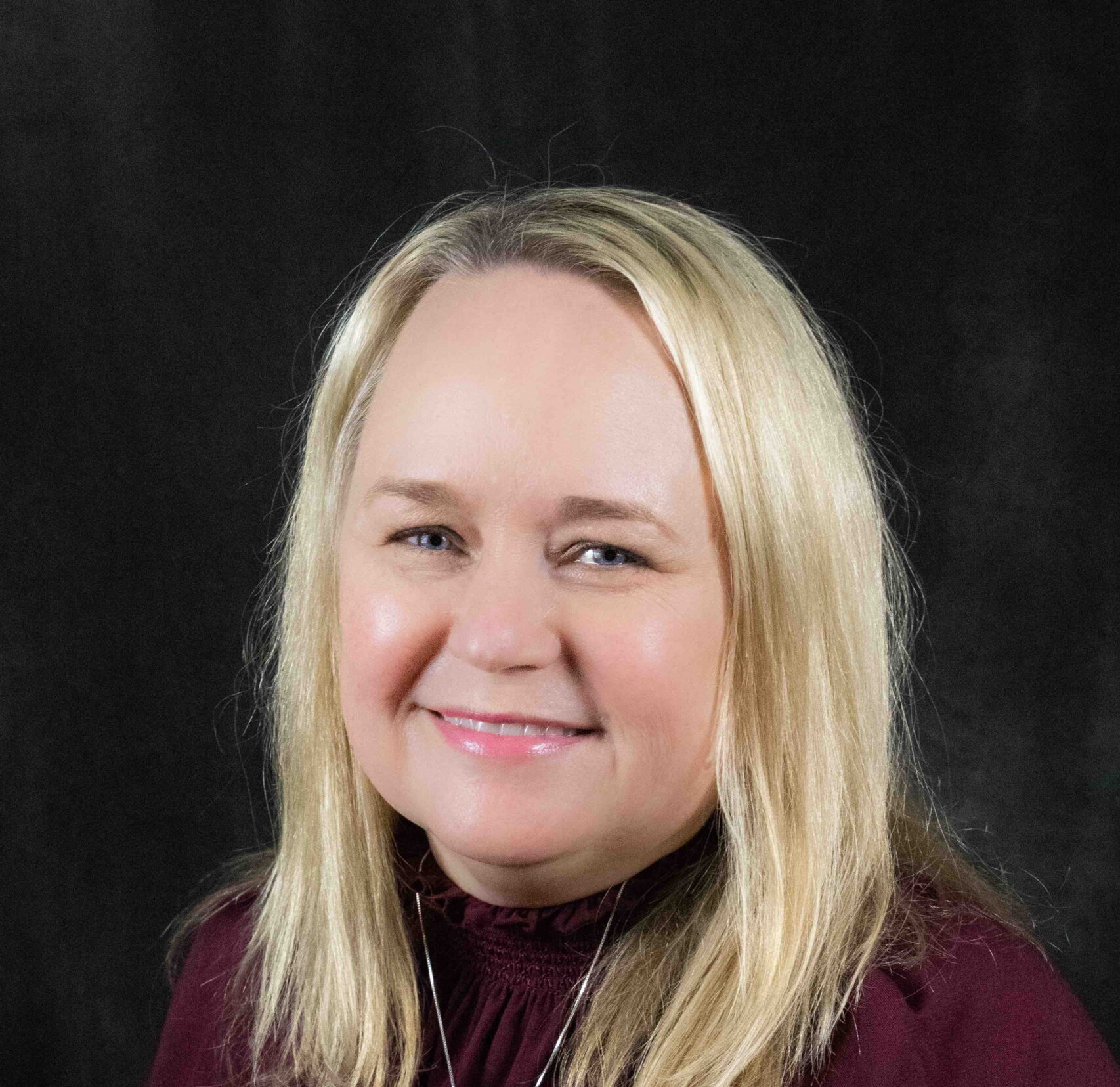Evaluating and Improving Nursing Processes in a Rural Primary Care Clinic
A quality improvement project was implemented to improve nursing workload and staffing in a rural primary care clinic. The Ambulatory Workload and Role Delineation (AWARD) Model was used to measure nursing work in relation to scope of practice, and types of work. These efforts improved nursing staffing, workload, and job satisfaction; factors that also impacted patient satisfaction. Clinic processes were redesigned to be more efficient so that less time was spent on maintenance of patient panel vs clinic visits. Standardized skills training was provided and scheduled on an ongoing basis to improve consistency of care provided by clinic nurses.
Tool: AWARD Model, The Ambulatory Workload and Role Delineation Model. This tool is used to measure nursing workload in terms of scope of practice in different roles. For example, how much of a LPN's time is being spent doing work tasks that require licensure?
Problem: Short-staffing has been a problem leading to hiring expensive travel nurses in RN and LPN roles. The question was whether nursing staff (permanent and travelers) were being utilized efficiently. Redesigning processes allowed nursing staff to be better utilized. As a result, additional permanent unlicensed personnel were hired at lower cost.
Tool Selection: This tool allowed us to quickly analyze how each staff member was using their time. We then identified opportunities to redistribute work and redesign processes, to ensure that RNs and LPNs were spending the majority of their time doing tasks that required their credentials (work within their scopes of practice).
Usage: The AWARD Model was used to manually track usage of RN and LPN time for one week, down to five-minute increments. Process changes were then made. Data was then collected again to quickly measure whether changes made a difference. This can be done multiple times as changes are made.
Results: Two unlicensed permanent staff were hired to handle preauthorization and referral paperwork, rather than more travel nurses. Nursing job satisfaction increased and turnover decreased, because we found that the nurses prefer to do patient care. Barriers were that nurses felt doing the AWARD Model data collection was burdensome and time-consuming.
Speakers
Related Events
You might also love these events.








